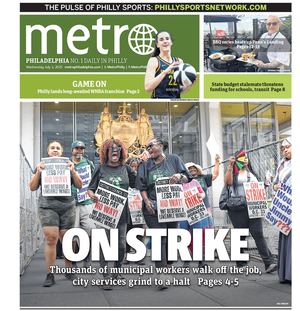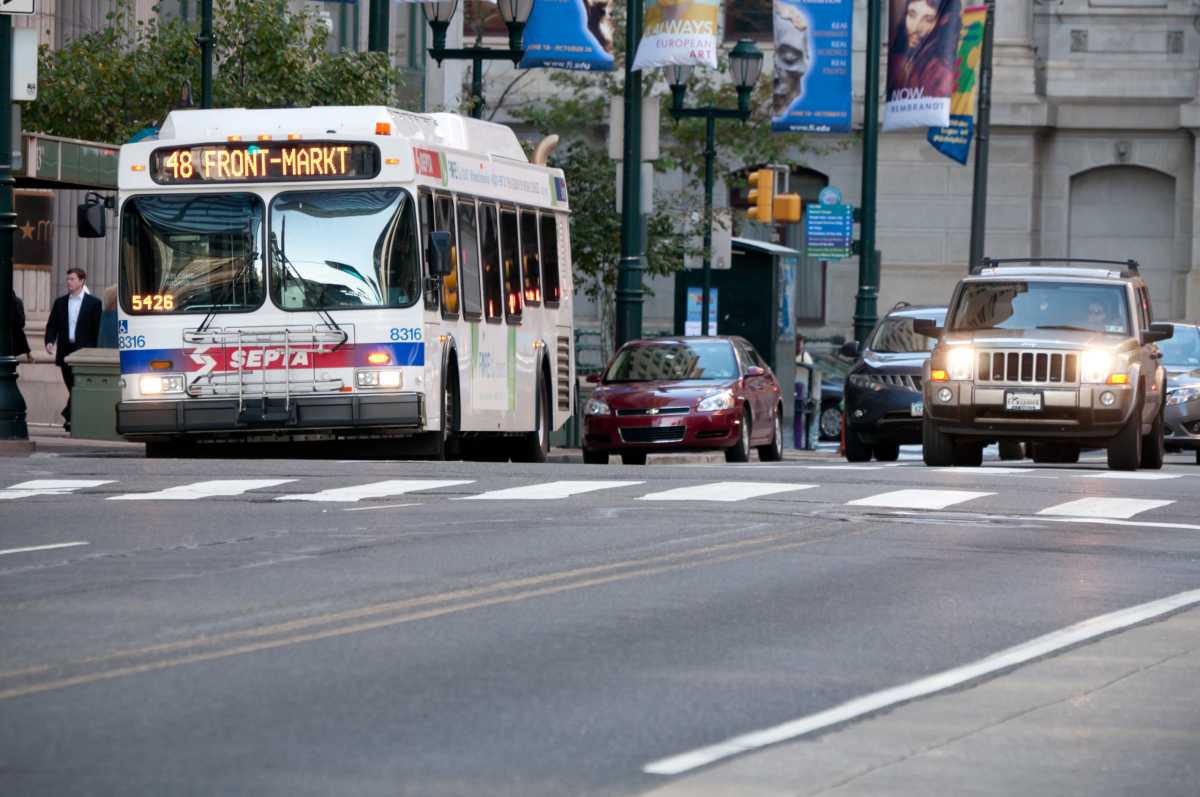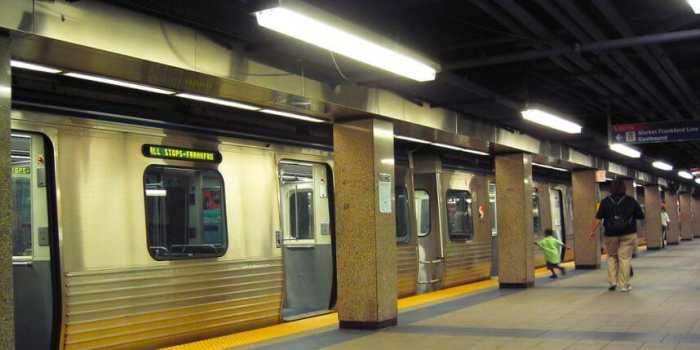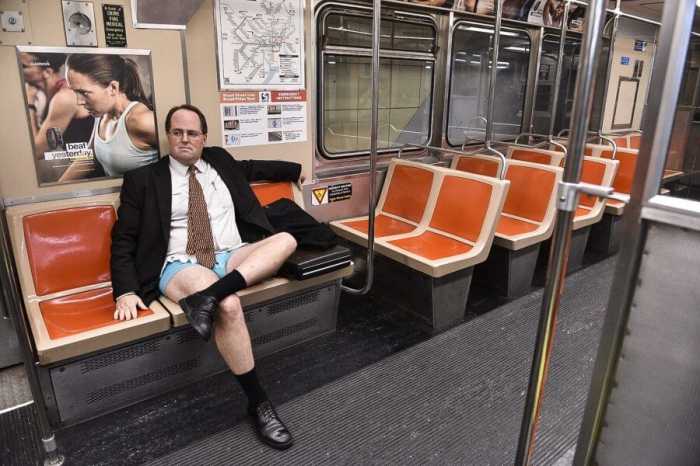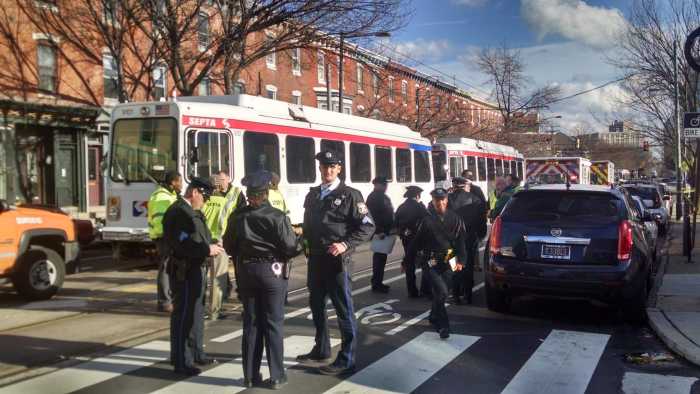When SEPTA debuts its new bus network next year, the system will likely have fewer routes, faster service and — in designated suburban zones — an option for riders to order a ride through their phones.
Bus Revolution, the authority’s years-long route redesign project, last week released two options for SEPTA’s future. One had fewer routes that ran more frequently, while the other included more coverage, but slower headways.
Transit officials will be seeking feedback on the options through the end of June with a series of in-person events as well as an online survey. SEPTA will then unveil its final recommendation in the fall.
“This isn’t a binary choice,” said Dan Nemiroff, Bus Revolution’s project manager. “We’re going to implement something that’s probably in between the two of them.”
Both of the proposals cut the total number of bus lines, from 125 currently to 93 in Option 1 and 109 in Option 2, and add microtransit, or on-demand rides, in parts of the collar counties where bus ridership is low.
Nemiroff said his team realigned routes to streamline and simplify SEPTA’s network, much of which has remained unchanged for decades.
“Our current bus network is extremely complicated. We have a lot of routes that are duplicative of each other,” he told Metro. “We have a lot of turns. We have a lot of deviations. It’s become complicated over time.”
Under Option 1, there would be 48 routes that run every 10-to-15 minutes for most of the day, compared to 32 now. Option 2 incorporates 36 high-frequency routes.
SEPTA’s cost for operating the bus network would remain level with the changes.
Maps published on Bus Revolution’s website show microtransit zones, where customers would be able to request a ride — in the form of a van or small bus — to another section of the same zone.
The service is designed to help users who may need to go a few extra miles to get to work or home from a Regional Rail station or bus stop, Nemiroff said.
Fixed routes work in dense urban neighborhoods, but not always in spread-out suburbs, where the opening of a new shopping center or office park could shift where riders need to go, he added.
Though Nemiroff described the on-demand rides as “a key component” of Bus Revolution, details are still being worked out, including the fare structure and when the service would operate. SEPTA is developing a microtransit playbook.
Riders may or may not travel with other passengers on the vans, according to the authority’s website.
Last year, SEPTA experimented with microtransit, through a pilot program called Owl Link, which provided free late-night transportation from bus stops to distribution centers in lower Bucks County. The initiative was discontinued due to low demand.
The Bus Revolution project team will be holding a number of in-person pop-up events to get feedback from riders, the first of which will occur Thursday from 3:30 to 6:30 p.m. at Frankford Transportation Center.
Virtual conversations will be held focusing on specific sections of the network, such as Northeast Philadelphia or Center City.
In addition, a “project bus” will be visiting the Philadelphia Zoo, Southeast Asian Market in FDR Park and other locations to raise awareness of the redesign.
“This is the phase of the project where we really want to get the most possible feedback because this is really going to dictate what happens next,” Nemiroff said.
After presenting a preferred plan, SEPTA will return to the public for additional feedback prior to seeking final approval from the authority’s board.
Nemiroff said transit officials hope to implement a majority of the Bus Revolution changes by September 2023.
For more information, including an online survey, go to www.septabusrevolution.com.
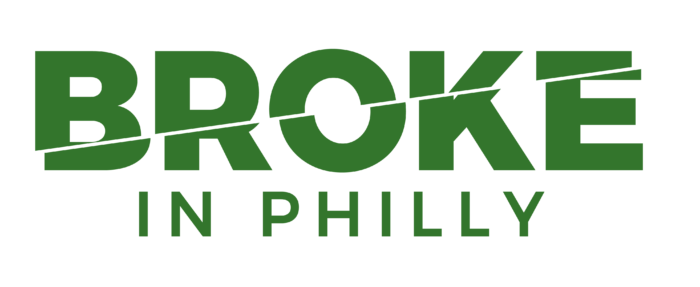
Metro is one of more than 20 news organizations producing Broke in Philly, a collaborative reporting project on economic mobility. Read more at brokeinphilly.org or follow on Twitter at @BrokeInPhilly.
